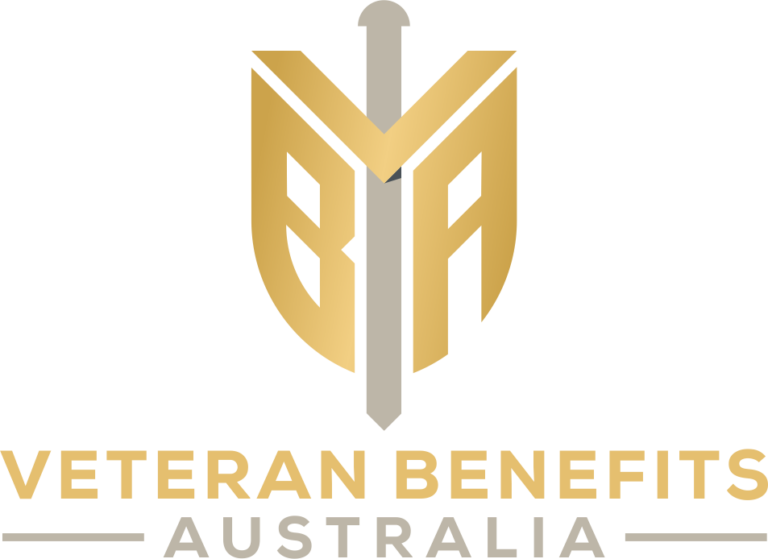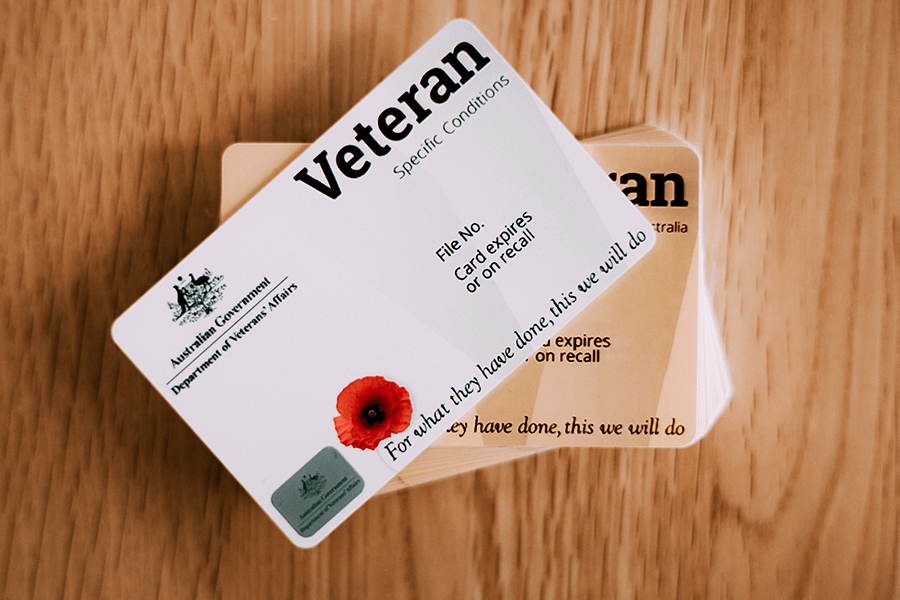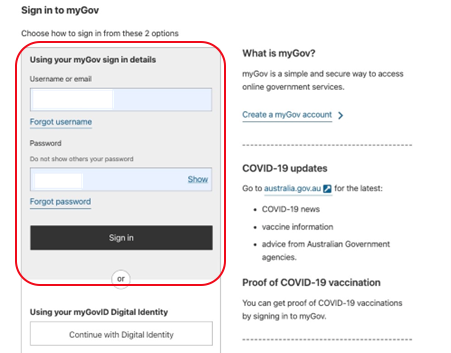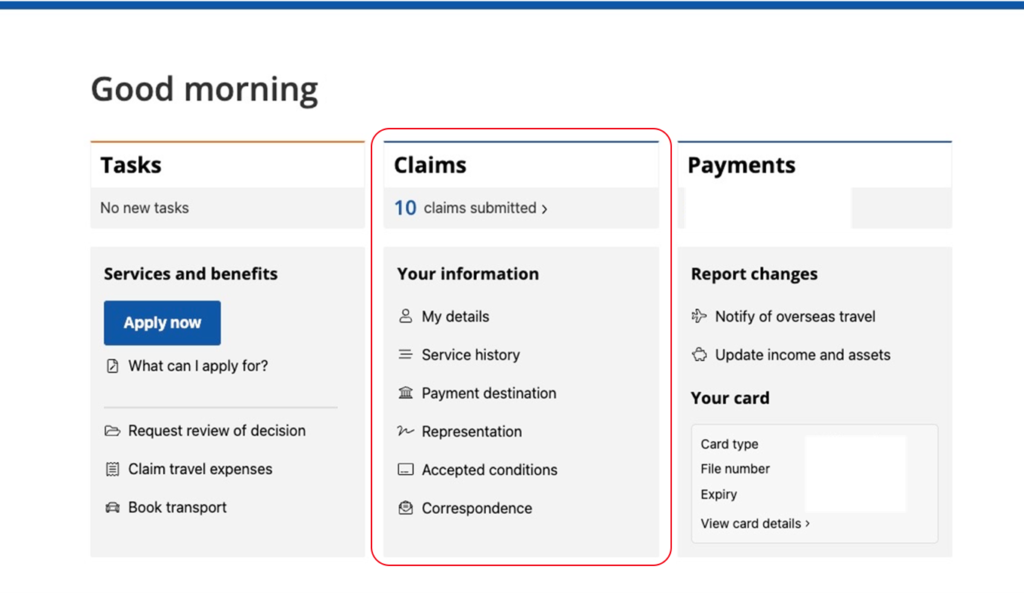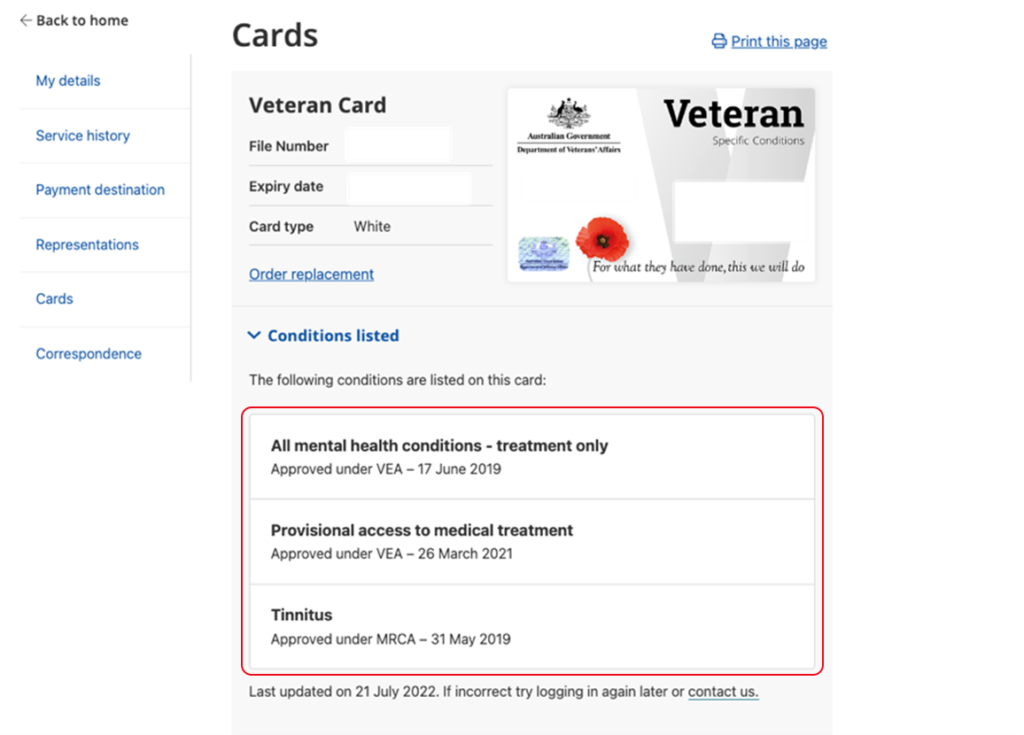Physiotherapy plays a large role in the new Got Your Back program
Physiotherapists are health professionals who specialise in human movement and function. They assess, diagnose, and help veterans manage a range of injuries and health conditions to optimise their quality of life.
Often, it can be daunting taking the step to see a health professional. Physiotherapists use a person-centred approach to care, looking at the veteran as a whole rather than just treating the specific injury or condition that is in front of them. Physiotherapists will take into account a veteran’s history, beliefs and preferences to help devise a treatment plan that suits the individual.
Traditionally we think of physiotherapists as just treating acute injuries. Whilst this is a key part of a physio’s role, they also help to develop treatment strategies and exercise programs for chronic injuries, chronic health conditions such as heart disease or lung disease, neurological presentations such as stroke, dizziness or Parkinson’s disease, or for anyone who feels their mobility or balance has started to decline over time. Virtually any condition that is impacting a veteran’s physical abilities or function, a physiotherapist can help.
For example, for a veteran who presents with back pain, there can be a range of factors contributing to this, including:
- The length of time the pain has been present
- Stiff joints
- Tight or weak muscles, which can impair posture
- Reduced fitness levels and psychological factors
A physiotherapist will spend time getting to know more about the veteran and the history of their pain to understand some of these factors contributing to their presentation. They will perform a hands-on assessment to gain objective information, including specific physical tests, which will help guide treatment options. Physiotherapists will then work with the veteran to develop a treatment plan aimed at working towards the goals set by the individual.
Physiotherapists use a range of evidence-based treatment options, which may include hands-on techniques, such as dry needling or massage, to help reduce pain. These techniques are combined with an exercise program to help veterans get back to doing the things they enjoy.
The detailed assessment allows a physiotherapist to understand the veteran’s current capabilities, meaning exercise programs are always targeted at a level that is achievable but also effective for the individual.
The benefits of physiotherapy can be wide-ranging. They may include helping to improve pain, mobility, strength, balance, endurance or overall well-being. No matter a veteran’s goals, a physiotherapist will have a strategy to work towards achieving them.
The Got Your Back program uses hands-on assessments and technology to tailor design your plan!
Whilst physiotherapists specialise in hands-on assessment and treatment, advances in technology have given us the opportunity to enhance outcomes for an individual. Specialist equipment such as devices that measure strength or range of movement of a particular muscle group or joint, help to give more specific measurements. This allows us to identify any impairments or imbalances objectively and allows us to retest at regular intervals to show improvements in these areas, working towards a veteran’s goals.
For a veteran who wants to improve their squat or address their balance issues, we can use force plates to give a specific measurement of their baseline level and work on a plan for improvement. We can also use mobile phone apps to show videos of exercise programs or provide education, which is particularly important for veteran’s located regionally who may not be able to access physiotherapy clinics as easily.
Ready to enhance your health and reclaim your independence? Click the button below to learn more about a dedicated physiotherapy service near you and the ‘Got Your Back’ program, specifically designed for veterans.
Physiotherapy is only a piece of the puzzle for managing and reducing back pain! The Got Your Back program uses a multidisciplinary approach that’s backed by the latest World Health Organisation guidelines. This approach ensures a coordinated effort among health professionals to enhance your physical function and manage pain.
